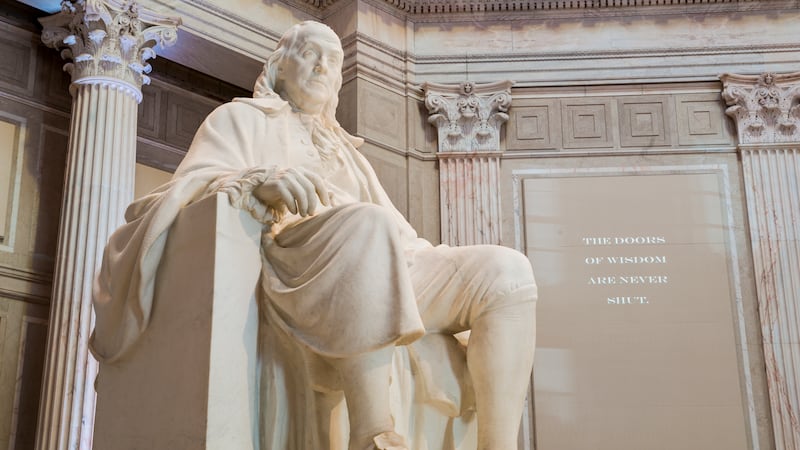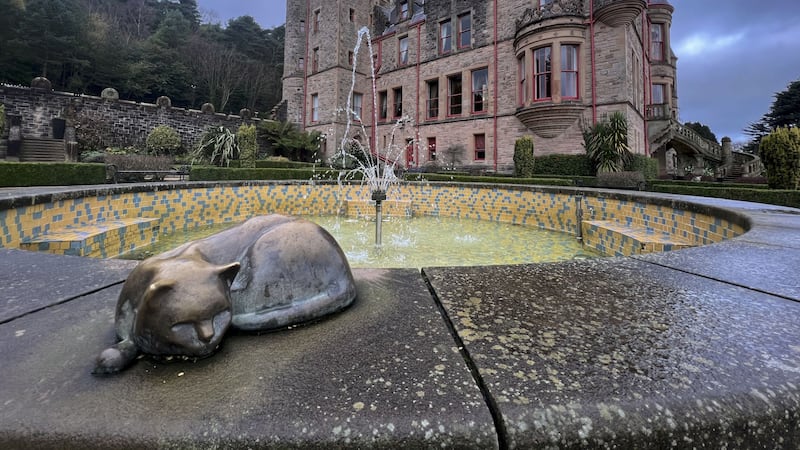THE following article was contributed by the 1798 historian, Colin Johnston Robb who died in 1975:
The parish of Forkhill in South Armagh presents one of the most magnificent panoramas and concentrations of scenic beauty in Ireland. The grand feature of this terrain is a great winding valley, unfolded like a patchwork quilt, ringed with mountains. Of these mighty Slieve Gullion raises his towering head to the east while to the north and west lie Slievebrack, the Carriff and Carricknacavina. It is less well known that the area around Forkhill and Mullaghbawn featured in the United Irish Rebellion of 1798.
At that time, as now, the main villages were Forkhill and Mullaghbawn (or Mullabawn). According to the Revenue Returns of 1796, there were 8,433 Catholics in the district, nearly all Irish-speaking; 460 members of the Established [Anglican] Church and 104 Dissenters [Presbyterians]. It also states that some of the Presbyterians had been planted from County Antrim on a part of the Squire Jackson estate and spoke Gaelic.
Bernard O'Hanlon of Mullaghbawn, Brown Seal Master, reported to the Linen Board in 1799 that 2,543 persons were wholly engaged in the linen industry in the district. Nearly every farmer was in the linen trade and holdings ranged from two to twenty acres.
On February 3, 1795, the Rev Edward Hudson, Protestant minister of Forkhill, informed Dublin Castle: 'The many troubles that have upset the peace of this unhappy district are far from past.
I now learn that a seditious society is firmly established here. The meeting place is at the house of a Dissenter named Small Balmer of Shean who is a man of popular note with the Catholics and is a linen draper. Balmer has much recourse to Newry and is associated with O'Hanlon, the inn-keeper, and friend of Wolfe Tone. May God grant that this Society may not spread its ill-influence... here.'
Rev Hudson continued: 'The mountain barracks and the outworks are now well in hand and we trust that soon we may have a military force to preserve the peace of the district.' This letter refers to the United Irish Society in South Armagh. O'Hanlon of Newry appears in Tone's famous Journal and was associated with the Catholic Society and the United Irishmen in that town. 'The Mountain Barracks' was, no doubt, Belmont Barracks in Mullaghbawn. Shortly afterwards we find the formation of the Forkhill Yeomanry under the command of Colonel John Ogle of Carrickedmond. In addition, a party of the North Britons' Fencible Infantry were stationed at the Barracks at Belmont during the 1798 insurrection. In a letter to General Lake, the commander of troops in the North, Captain Lloyd writes in June 1798: 'I have to inform you that I duly received information that a rebel force was on the act of assembly on a mountain here under the commander, Shaun O'Neill, well-known for his seditious activities in these parts.' Lloyd relates that he sent out the Killeavy Yeomanry Cavalry but no trace of the band was found.
Edited by Eamon Phoenix e.phoenix@irishnews.com

